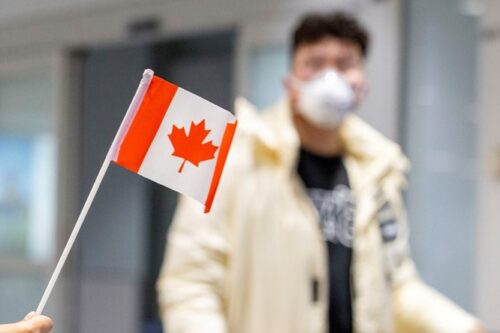- Winny Immigration and Education Services Ltd
- inquiry@winnyimmigration.com

The pandemic has had a major impact on the Canadian economy. As the economy stagnates, unemployment rises. Concerns about a second, third, or fourth wave. Such harrowing news will make skilled workers wonder if their dream of migrating to Canada will ever come true.But don’t make a decision based on sensational news. Instead, read on for a comprehensive province-by-province overview of Canada’s economic and immigration prospects, and then prepare your immigration strategy for Canada accordingly.
The Covid-19 pandemic has wreaked havoc on Canada’s most populous province. The number of people admitted to the country dropped from 153,000 in 2019 to just 82,000 in 2020. In 2020, the economy shrank by 6.2 percent, and major cities such as Toronto were struck by restrictions that lasted for the majority of the year.A closer examination of the figures, however, reveals that things are not as grim as they seem. While immigration decreased, Ontario’s share of total Canadian immigration remained unchanged at 45 percent. As a result, the province remains a popular destination for international skilled workers.According to the projection, Ontario’s GDP will rise by 5.6 percent in 2021, while jobs will increase by 5.7 percent. The province is home to North America’s fastest-growing tech hub. Furthermore, Express Entry applicants choose Ontario as one of the three provinces. Once skilled worker and business immigration picks up, Ontario’s economy can easily recover.
BC has been severely impacted by the pandemic, with its GDP dropping by 4.7 percent. However, a 4.9 percent rebound is expected by 2021, and the province has already regained a considerable number of lost jobs.Indeed, jobs in British Columbia increased in the first month of 2021, despite continued job losses in the Central Canadian region.The fact that BC is one of the top three provinces favored by EE applicants will help the province recover. Furthermore, since the province’s fiscal situation is stronger than that of other provinces, the government can choose to provide a larger and longer stimulus to help the economy recover.
Manitoba’s economy shrank by 4% in 2020, but is forecast to rebound at a faster rate of 4.3 percent in 2021. Despite a spike in cases in the fall, the province has a very low case rate in relation to its population.As the province recovers from the pandemic’s aftereffects, jobs in the worst-affected industries should expect a quick recovery.
Alberta would be hardest hit, not only because of the pandemic, but also because of the dramatic drop in oil prices through 2020.The province’s GDP is heavily reliant on oil and natural gas. Despite an 11% contraction in 2020, the potential outlook is expected to be positive due to a global recovery in oil prices.This means the demand for oil and gas jobs will increase, and qualified workers in related professions will need to concentrate on Express Entry and Alberta’s Provincial Nomination Program in order to take advantage of the recovery boom.
The four Atlantic provinces benefited from their geographical isolation as well as their low population densities. In comparison to their overall population, these provinces have a relatively low number of cases. New Brunswick avoided shut down measures for a long time, resulting in a relatively mild recession as compared to other provinces. Nova Scotia benefited from the same advantage, and its service sector is expected to recover more quickly once the economy recovers. The Atlantic Immigration Pilot Program is a huge benefit for these four provinces. If the immigration situation normalizes, businesses in these four provinces can find it very easy to recruit professional talent and even international students.